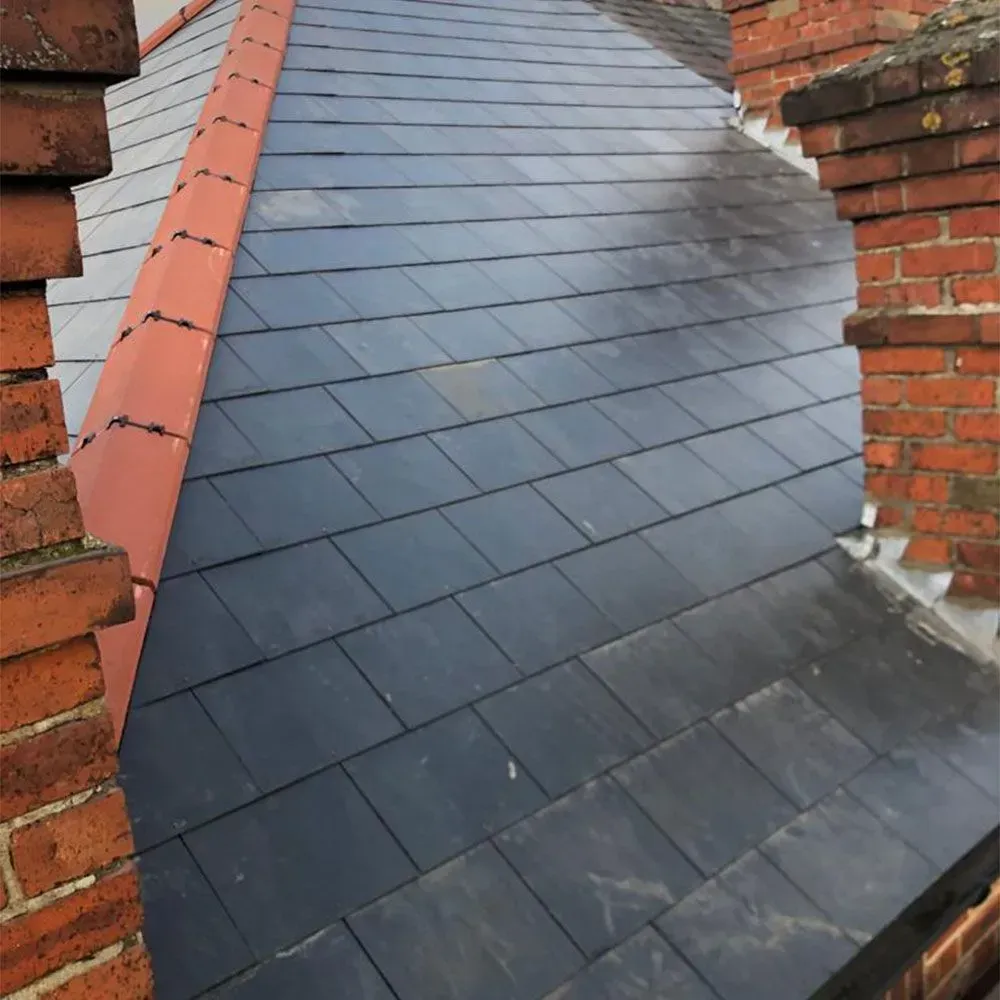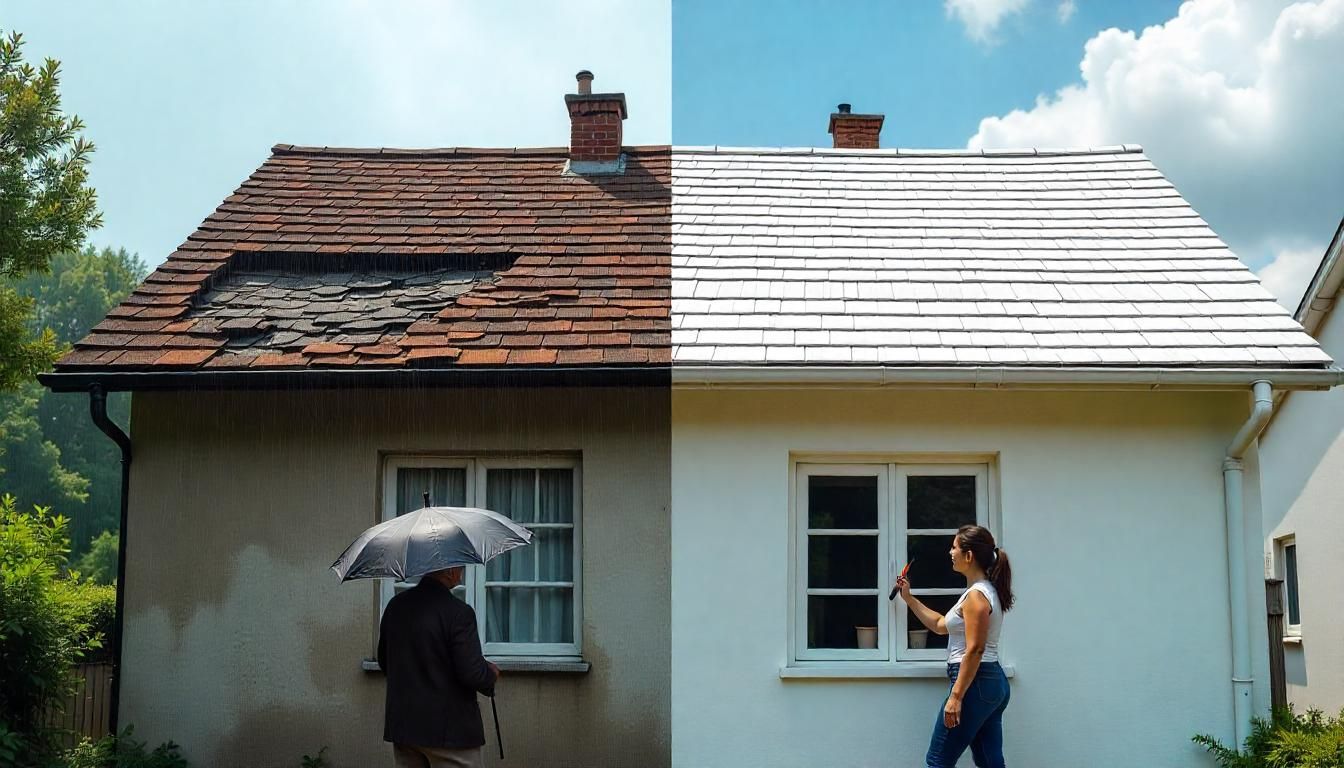Understanding the Different Elements of a Roof
Understanding the Different Elements of a Roof
A roof is one of the most essential components of a building, providing protection from the elements and contributing to the overall aesthetic appeal of your home. Here, we break down the various elements of a roof and the different options available for each.
1. Roof Structure
The structure forms the backbone of your roof, providing support and shape. There are several types of roof structures to consider:
Trussed Roof: Common in modern homes, these pre-fabricated frameworks provide strong, lightweight support.
Rafter Roof: Traditional construction using individual rafters, offering more flexibility for attic conversions.
Flat Roof: Usually found on extensions and garages, offering a contemporary look and easier maintenance.
2. Roof Covering
The covering protects your home from weather and contributes to its visual style. Options include:
Slate Tiles: Durable and attractive, providing a classic look.
Clay Tiles: Traditional and aesthetically pleasing, available in a range of colours.
Concrete Tiles: Affordable and versatile, suitable for various roof styles.
Metal Sheets: Lightweight and durable, perfect for modern designs.
Thatch: Natural and charming, ideal for cottages and period properties.
3. Underlay
The underlay is a secondary barrier to water ingress, sitting beneath the roof covering:
Breathable Membrane: Allows moisture to escape while preventing water ingress.
Non-Breathable Felt: More traditional, providing effective waterproofing.
4. Roof Insulation
Insulation keeps your home warm and energy-efficient. Key options include:
Fibreglass: Cost-effective and easy to install.
Foam Board: Offers excellent thermal resistance and a high R-value.
Spray Foam: Provides an airtight seal, but can be problematic. We actually offer Spray Foam Removal Services.
5. Flashing
Flashing prevents water from entering at joints or intersections:
Lead Flashing: Traditional and durable, often used around chimneys.
Aluminium Flashing: Lightweight and corrosion-resistant, suitable for modern roofs.
Rubber Flashing: Flexible and easy to install, ideal for complex roof shapes.
6. Guttering and Downpipes
These elements manage rainwater, directing it away from your home:
uPVC Guttering: Affordable, easy to install, and low maintenance.
Cast Iron Guttering: Traditional and robust, perfect for period properties.
Aluminium Guttering: Lightweight and rust-resistant, ideal for contemporary homes.
7. Roof Ventilation
Ventilation prevents condensation and prolongs the life of your roof:
Ridge Vents: Installed along the ridge, allowing hot air to escape.
Soffit Vents: Located under the eaves, drawing in cool air.
Tile Vents: Discreet and effective, blending seamlessly with roof tiles.
8. Roof Windows and Skylights
These provide natural light and ventilation to your attic space:
Velux Windows: Popular and versatile, offering various sizes and styles.
Dormer Windows: Adds space and character, extending from the roof slope.
Flat Roof Windows: Ideal for flat roofs, providing ample natural light.
9. Chimneys and Flues
Chimneys and flues ensure safe ventilation for fireplaces and boilers:
Brick Chimneys: Traditional and sturdy, adding character to your home.
Metal Flues: Lightweight and corrosion-resistant, suitable for modern heating systems.
10. Eaves and Soffits
Eaves and soffits protect the roof's edge and support guttering:
uPVC Soffits: Durable, low maintenance, and available in various colours.
Timber Soffits: Natural and traditional, requiring regular maintenance.
11. Verges
Verges seal the edges of the roof, protecting against weather ingress and providing a neat finish. Different types include:
Wet Verge: Traditional method using mortar to seal the edge tiles, offering a classic look.
Dry Verge: Modern, maintenance-free systems using plastic or metal caps, providing a clean finish and better durability.
Capped Verge: Combines elements of both wet and dry verge systems, often using a mortar base with a protective cap for added durability and aesthetic appeal.
12. Ridges
Ridges run along the top of the roof, joining the roof slopes and providing a weatherproof seal. Options include:
Mortar-Bedded Ridge Tiles: Traditional method using mortar to secure ridge tiles, providing a classic appearance.
Dry Ridge Systems: Modern systems using screws and clips, offering greater flexibility, durability, and no need for mortar. See a video of a dry ridge system being installed by Tekton Roofing and Building.
Ventilated Ridge: Incorporates ventilation into the ridge, helping to prevent condensation and improve airflow within the roof space.
Understanding the various elements of a roof and the available options can help you make informed decisions when maintaining or renovating your home. Whether you’re looking for traditional charm or modern efficiency, there’s a solution to suit every style and budget.

What Our Customers Say
With over a decade of experience, our roofing and building company has established a reputation for excellence in craftsmanship and customer success. Trust us to bring your vision to life.
Contact Details

At Tekton Roofing and building services, we pride ourselves on delivering expert roofing and building services to our customers.
links
Services
hours of operation
Monday - Sunday: 24 hours
Locations
Copyright © 2025 | All Right Reserved | Tekton Roofing & Building | Privacy Policy | Terms of Use



